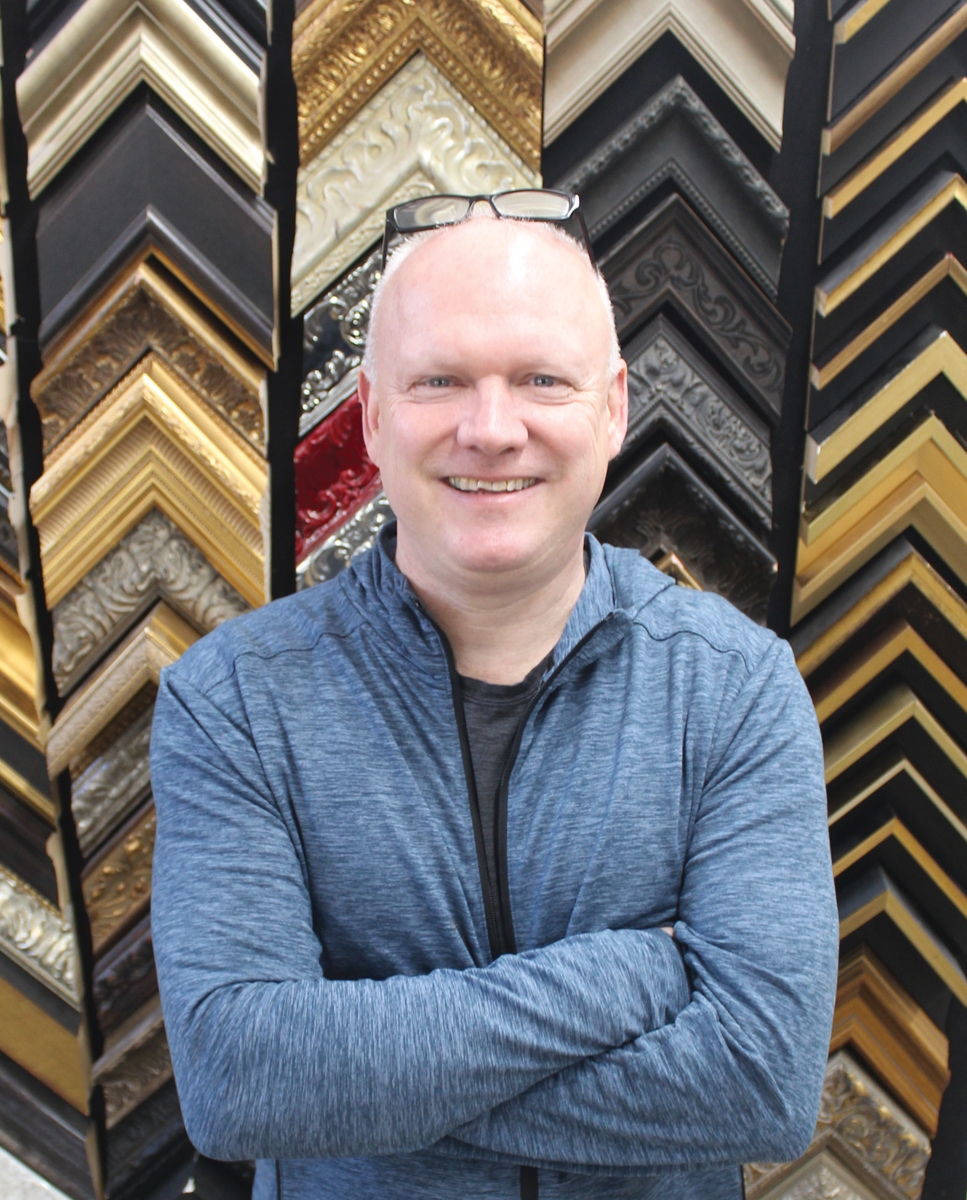
Why the Best Fit May Not be your Best Bet
Hiring the right people is critical for a company’s future. Having been in HR for years, I’ve seen many examples of flawed hiring practices, with employers hiring people because ‘We had a good conversation and we liked him’. Other reasons I heard: the candidate ‘seemed like a nice guy’, ‘I wanted to help out’, ‘I know her family’ and ‘We’re on the same soccer team’. For these reasons, the candidate was deemed the right ‘fit’.
Nice people likely won’t ruffle feathers and may fit in quite well with your existing team, but they are not necessarily the right choice for the job you want to get done. Playing nice and being competent are two different things, and there is no predictive value in soccer skills other than that the candidate is probably good at tennis too.
The phenomenon of ‘fit’ usually consists of job fit, team fit and organizational fit. Job fit is a matter of skills, abilities and experience, while team fit and organizational fit are based on getting along with others in the organization and blending with the existing culture. What tends to be missing from the equation is values – the core beliefs and goals that all employees in an organization should share. Great teams tend to consist of people with different, complementary talents but similar values, driven by the same goal or ideal.
When organizations emphasize ‘fit’, they may unwittingly sacrifice diversity. Most organizations profess a belief in diversity and inclusivity, but in practice many balk at bringing in people with a fresh perspective. If we focus too much on cultural fit, we end up selecting people ‘like us’, with diversity and inclusivity as collateral damage. Values are at the core of diversity; it’s about who the candidate is and what the candidate brings to the table – not whether the candidate is like us.
Job fit is the easy part of recruiting, because skills, abilities and experience are verifiable. Team fit and organizational fit are harder to determine. The problem with team fit is that it often comes down to whether team members like the candidate. While there are benefits to giving current employees a voice in the selection of future team members, a candidate may focus on coming across as likeable and employees on finding out whether a candidate has the soft skills to get along, rather than the hard skills that the company needs. More of the same is usually not the answer.
Organizational fit tends to include unwritten rules and codes about the right kind of clothes, haircut, speech and vocabulary, club memberships, etc. This can be an obstacle to hiring talent, as we’re stereotyping people for fit into an organization. Selecting for shared experiences, similar interests and matching personalities may come at the expense of new skills, fresh ideas and future potential. Suppose that the executive wants to take an organization from sleepy and bureaucratic to energetic and efficient, it needs to hire people that don’t fit the mold.
Change always creates unrest and while fear of the unknown plays a role in many decisions – including hiring choices – the alternative of sticking with the same-old can be even more frightening. While it’s reassuring to follow paths that worked in the past, a new approach can be the key to a company’s survival.
Related: Killing the Goose.
Let’s say ABC Inc. has done well for decades but is facing increased competition, margins are under pressure, the top lacks innovative ideas, morale is low and turnover is high. Tweaking operational processes may help, but it may really need a major overhaul. To effect real change, the company may want to consider adding a nonconformist player to the lineup – for a different outcome. If a hockey team has problems putting the puck in the net, it wouldn’t help much to hire more defensemen.
Human nature being what it is, people tend to find comfort in familiarity and routine. Hiring for sameness is a symptom of a stale culture. The worst leaders want to hear only good news from familiar sources and select their entourage based on that. The best leaders are aware that a team and a group are two different things. Great CEOs (and I have worked for a few) are willing to consider new ways and new processes to achieve results that are different from the past. I recently worked with the owner of a machine shop who explained his decision to hire a very successful manager as follows: “I told him, you dress well and you’re organized. You’re nothing like us… which is exactly what we need. You’re hired!”
We should start a recruitment process by defining the job we want to fill, the difference the position should make for the company and which experience, skills and abilities will help the company achieve its goals. The next step is to determine which skills, talents, qualities, character traits and values the company needs – in other words, where there is a lack of diversity. When these factors govern your hiring decisions, factors such as gender, colour, race, orientation and age all come together.









